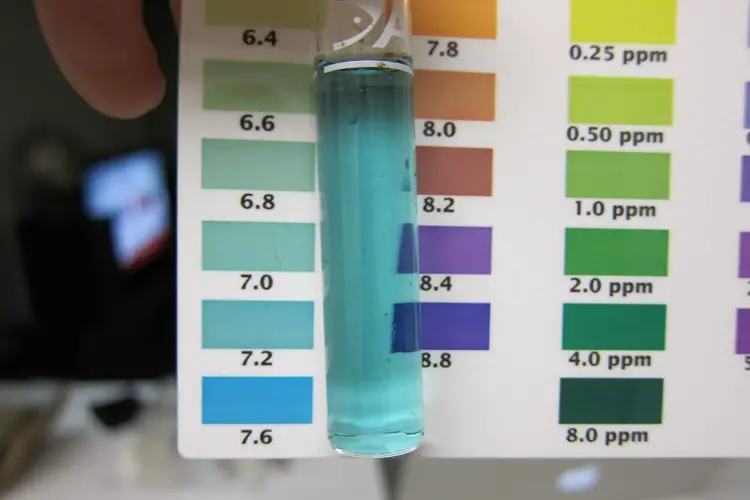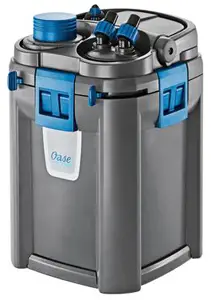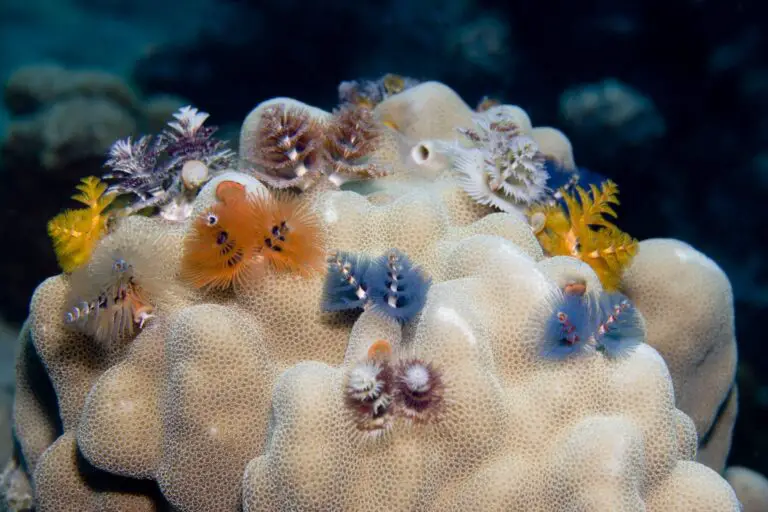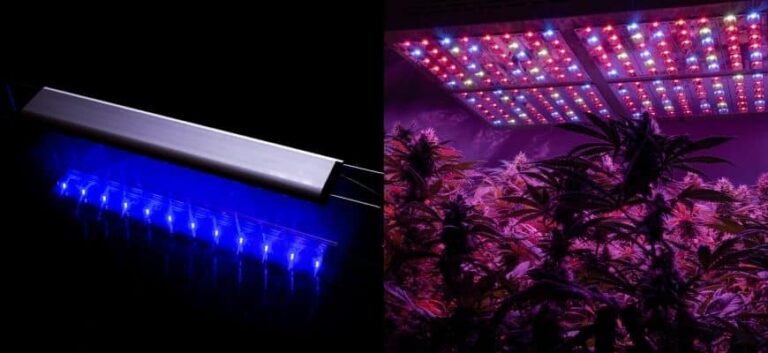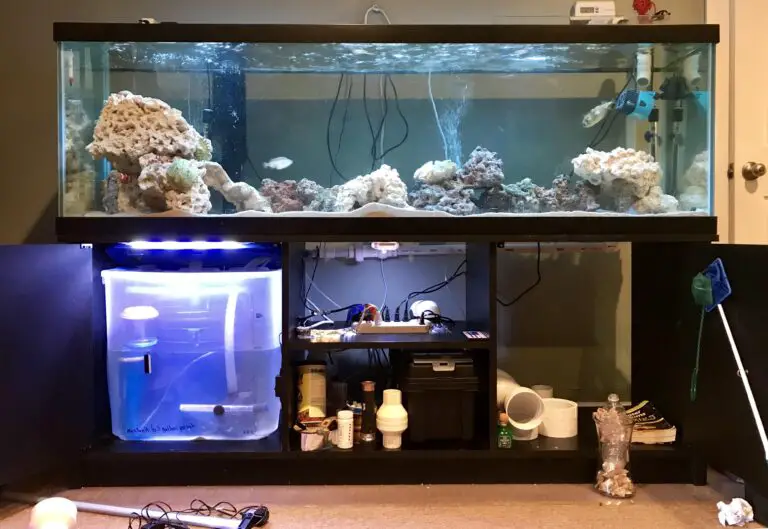How to Lower pH in Aquarium Quickly?
Maintaining the right pH level in an aquarium is crucial for the health and well-being of the aquatic life. However, sometimes the pH level can become too high, causing stress and potential harm to the fish and other inhabitants of the tank. Various methods and techniques to quickly lower the pH in an aquarium, ensuring a safe and comfortable environment for your aquatic pets.
Understanding pH in Aquariums
Before we delve into the methods of lowering pH, let’s first understand what pH is and why it is important in an aquarium. pH is a measure of the acidity or alkalinity of a solution, indicating the concentration of hydrogen ions. The pH scale ranges from 0 to 14, with 7 being neutral. A pH below 7 is acidic, while a pH above 7 is alkaline.
In an aquarium, the ideal pH level varies depending on the type of fish and plants you have. Generally, freshwater aquariums should have a pH range between 6.5 and 7.5, while saltwater aquariums require a pH range between 8.1 and 8.4. Maintaining the proper pH level is essential for the overall health and survival of the aquatic life.
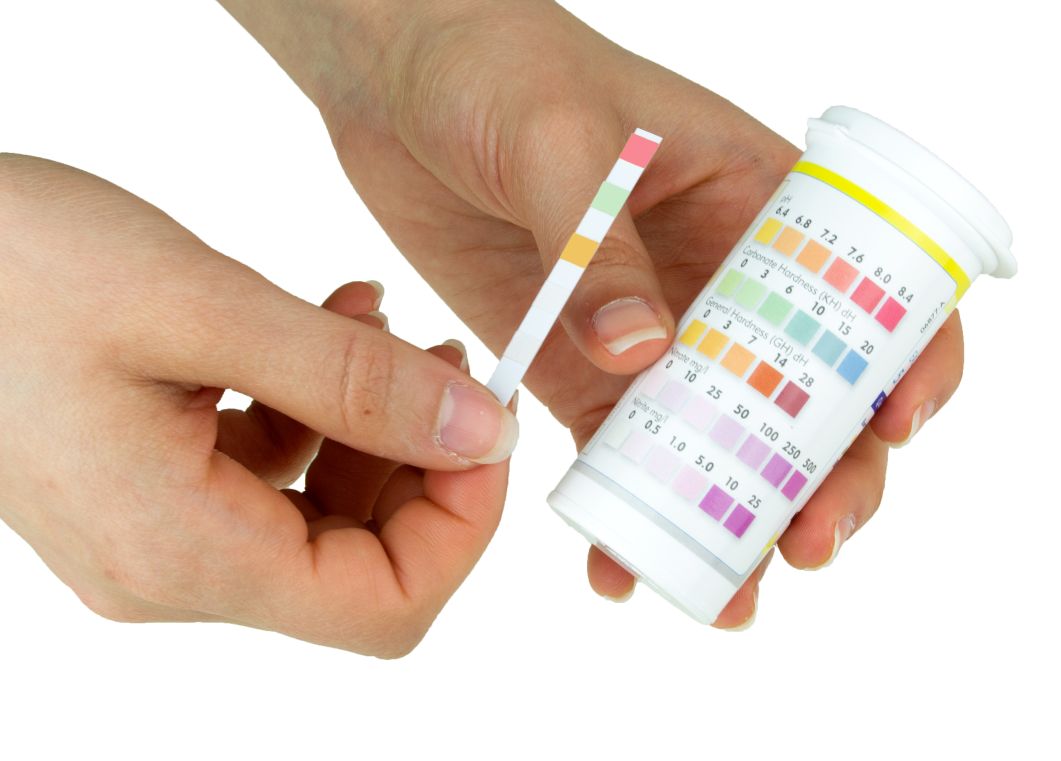
How to Lower pH in Aquarium Quickly?
Lowering the pH in an aquarium quickly requires careful attention and the use of appropriate techniques. Here are some effective methods to achieve this:
1. Use pH-Lowering Chemicals
One of the quickest ways to lower the pH in an aquarium is by using pH-lowering chemicals. These chemicals are readily available in pet stores and are specifically designed to adjust the pH level of aquarium water. Some commonly used pH-lowering chemicals include:
- pH Down: This chemical is commonly used to lower the pH in aquariums. It contains acids that neutralize the alkalinity in the water, reducing the pH level.
- Vinegar: Plain white vinegar can also be used as a natural pH-lowering agent. However, it should be used with caution and in small quantities, as excessive use can disrupt the water chemistry.
When using pH-lowering chemicals, it is essential to follow the instructions provided by the manufacturer and gradually adjust the pH over a period of time. Sudden and drastic changes in pH can stress the fish and other aquatic organisms.
2. Incorporate Peat Moss
Peat moss is a natural substance that can effectively lower the pH in an aquarium. It contains organic compounds that release tannins, which have an acidic effect on the water. To use peat moss, follow these steps:
- Soak the peat moss in a bucket of water for a few days to remove any impurities.
- Place the soaked peat moss in a mesh bag or a filter media bag.
- Submerge the bag in the aquarium, preferably near the filter intake.
- Monitor the pH level regularly and remove or replace the peat moss when the desired pH is achieved.
Using peat moss not only lowers the pH but also adds a natural tint to the water, mimicking the natural habitat of certain fish species.
3. Introduce Driftwood
Driftwood is another natural method to lower the pH in an aquarium. It releases tannins and organic acids that gradually lower the pH level. To use driftwood:
- Choose a suitable piece of driftwood that is safe for aquarium use.
- Rinse the driftwood thoroughly to remove any dirt or debris.
- Soak the driftwood in a separate container for a few days, changing the water daily to remove excess tannins.
- Once the water stops turning brown, place the driftwood in the aquarium.
- Monitor the pH level regularly and adjust the placement or remove the driftwood as needed.
Driftwood not only lowers the pH but also provides a natural and aesthetic element to the aquarium.
4. Utilize Carbon Dioxide (CO2) Injection
Injecting carbon dioxide (CO2) into the aquarium can help lower the pH by increasing the acidity of the water. This method is commonly used in planted aquariums where the plants utilize CO2 for photosynthesis. The additional CO2 also helps in reducing the pH. To utilize CO2 injection:
- Install a CO2 injection system in your aquarium, which typically consists of a CO2 cylinder, regulator, and diffuser.
- Set up the system according to the manufacturer’s instructions.
- Monitor the pH level regularly and adjust the CO2 injection rate to achieve the desired pH.
It is important to note that CO2 injection should be done carefully, as excessive levels of CO2 can harm the fish and other delicate organisms in the aquarium.
5. Perform Partial Water Changes
Regular water changes are essential for maintaining a healthy aquarium environment. In the case of high pH, performing partial water changes with water that has a lower pH can help bring down the overall pH level. Here’s how to do it:
- Prepare a batch of water with a lower pH using reverse osmosis (RO) water or by adding pH-lowering chemicals to tap water.
- Test the pH of the aquarium water using a reliable pH test kit.
- Gradually replace a portion of the aquarium water with the prepared lower pH water.
- Monitor the pH level after each water change and make adjustments as necessary.
Performing regular partial water changes not only helps in lowering the pH but also removes any accumulated toxins and maintains overall water quality.
6. Adjust the Carbonate Hardness (KH)
The carbonate hardness (KH) of the water plays a significant role in stabilizing the pH. Higher KH levels can buffer the pH, making it difficult to lower. By reducing the KH, the pH can be brought down more easily. Here’s how to adjust the KH:
- Test the KH level using a reliable test kit.
- If the KH is high, consider using a KH-lowering product, such as an acid buffer or a pH-lowering chemical.
- Follow the instructions provided by the manufacturer and gradually reduce the KH level over time.
- Monitor the pH regularly and make adjustments as necessary.
Lowering the KH can help in achieving a more stable and lower pH in the aquarium.
FAQs
Q: Can I use lemon juice to lower the pH in my aquarium?
A: While lemon juice is acidic, it is not recommended to use it in an aquarium as it can introduce unwanted compounds and disrupt the water chemistry.
Q: How often should I test the pH in my aquarium?
A: It is recommended to test the pH at least once a week to monitor any changes and take necessary actions.
Q: Will lowering the pH harm my fish?
A: Sudden and drastic changes in pH can stress and harm the fish. It is important to make gradual adjustments and monitor the fish’s behavior and overall health.
Q: What pH level is ideal for tropical fish?
A: Tropical fish generally thrive in a pH range between 6.5 and 7.5. However, it is important to research the specific pH requirements of the fish species you are keeping.
Q: Can I use baking soda to raise the pH in my aquarium?
A: Baking soda can be used to raise the pH in an aquarium, but it should be used with caution and in small quantities to prevent drastic changes in pH.
Q: Why is it important to maintain the pH in an aquarium?
A: Maintaining the proper pH in an aquarium is crucial for the overall health and well-being of the aquatic life. It affects the fish’s ability to breathe, digest food, and fight off diseases.
Conclusion
Maintaining the ideal pH level in an aquarium is essential for the health and happiness of your your fish.
By using pH-lowering chemicals, incorporating natural substances like peat moss and driftwood, utilizing CO2 injection, performing partial water changes, and adjusting the carbonate hardness, you can effectively lower the pH in your aquarium.
Remember to make gradual adjustments and monitor the pH regularly to ensure a safe and comfortable environment for your fish.
